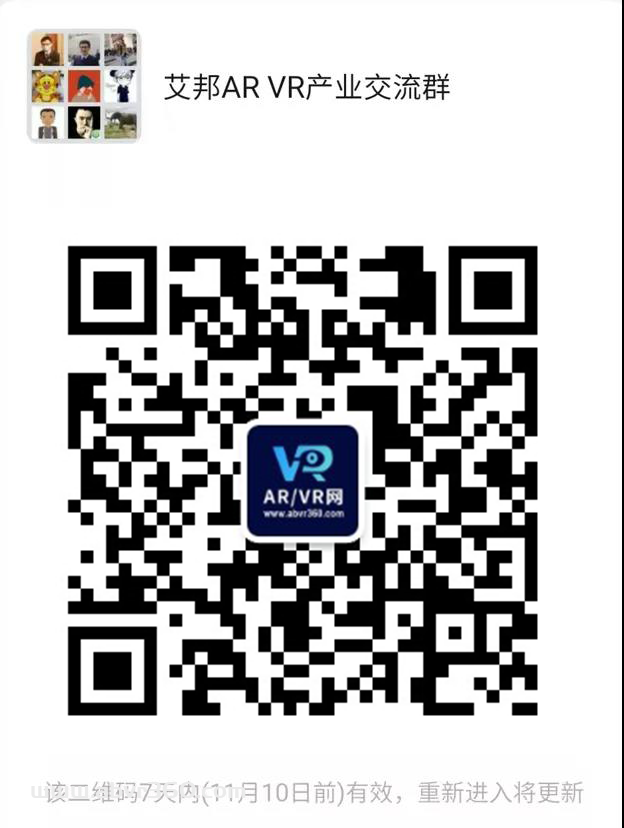Although visionOS for Apple Vision Pro can be controlled with simple in-air gestures, Apple continues to work on finger devices that could provide Vision Pro and future smartglasses with more sophisticated accuracy working with or manipulated 3D objects in addition to providing users with heightened haptic feedback that will provide users with the ability to feel objects in mixed reality applications, like a game and more. The advanced haptics could also provide users with a greater sensation of typing on a virtual keyboard.
Finger-Mounted Device With Sensors And Haptics
Apple invention covers a finger-mounted device that may include finger-mounted units coupled to control circuitry. The control circuitry may wirelessly transmit information gathered with the finger mounted units to an external device to control the external device.
The control circuitry may also use the finger-mounted units to provide a user's fingers with feedback such as haptic feedback.
For example, the control circuitry may supply haptic output to a user's fingers based on wirelessly received information from the external device. The haptic output may correspond to virtual reality or augmented reality haptic output.
The body of each finger-mounted unit may have a U-shaped cross-sectional profile that leaves the finger pad of each finger exposed when the body is coupled to a fingertip of a user's finger. The control circuitry may gather finger press input, lateral finger movement input, and finger tap input using the sensors and may provide haptic output using the haptic output device.
In addition, a wearable device such as a finger-mounted device may be used to gather input from a user's fingers as the user interacts with surfaces in the user's environment and may be used to provide clicks and other haptic output during these interactions. The input that is gathered in this way may include information on how firmly a user is pressing against objects (finger press input), finger tap input associated with light taps of a user's finger against a surface, lateral finger movement information such as shear force information indicating how firmly a user is pressing their finger sideways on a surface, and other user input. Haptic output may be provided to the user to confirm to the user that a light tap input has been recognized or to otherwise provide feedback to the user.
The haptic feedback may provide the user with a sensation of tapping on a physical keyboard or other input device with a movable button member even when the user is tapping on a hard flat surface such as a tabletop.The haptic output provided with the wearable electronic device to the user may be virtual reality haptic output or augmented reality haptic output that is provided while a user is wearing a head-mounted display or other device that creates a virtual reality or augmented reality environment for a user.
Apple's patent FIG. 1 below is a schematic diagram of an illustrative device such as a finger-mounted device; FIG. 2 is top view of a user's hand and illustrative finger-mounted device components on finger tips of the user's hand. Some or all of control circuitry #14 may be contained in units #22 or may be mounted in separate housing structures (e.g., part of a wrist band, a glove, a partial glove such as a fingerless glove or glove in which portions have been removed under the pads of a user's finger tips, etc.).
Apple's patent FIG. 4 above is a perspective view of an illustrative finger-mounted device; FIGS. 14 and 15 are views showing illustrative mounting arrangements for finger-mounted devices.
Apple's patent FIG. 26 below is a side view of an illustrative finger-mounted device being worn on a finger at a location other than the tip of the finger; FIG. 27 is a side view of an illustrative finger-mounted device with optical sensors for gathering touch input from the upper surface of a user's finger; and FIG. 28 is a diagram showing how markers may be used in calibrating a system in which a finger-mounted device is used.
Further to FIG. 28, Apple notes that the user may interact with the displayed visual content in the head mounted display by supplying force input,motion input (e.g., air gestures, three-dimensional air gestures), taps, shearing force input, and other input.
Apple's patent FIG. 3 is an alternative ring style device design. Apple notes that FIG. 3 may, as an example, be formed from a soft elastomeric material, fabric, or other flexible material that allows the user to feel surfaces through the ring (unit #22). If desired, sensors, haptic devices, and or other components may be mounted under the pad of finger #32 in locations such as location #36.
Translated from: patentlyapple

